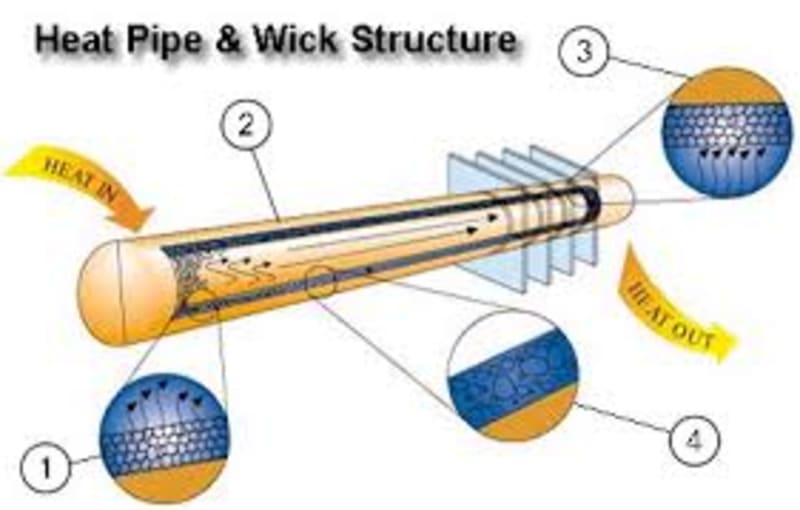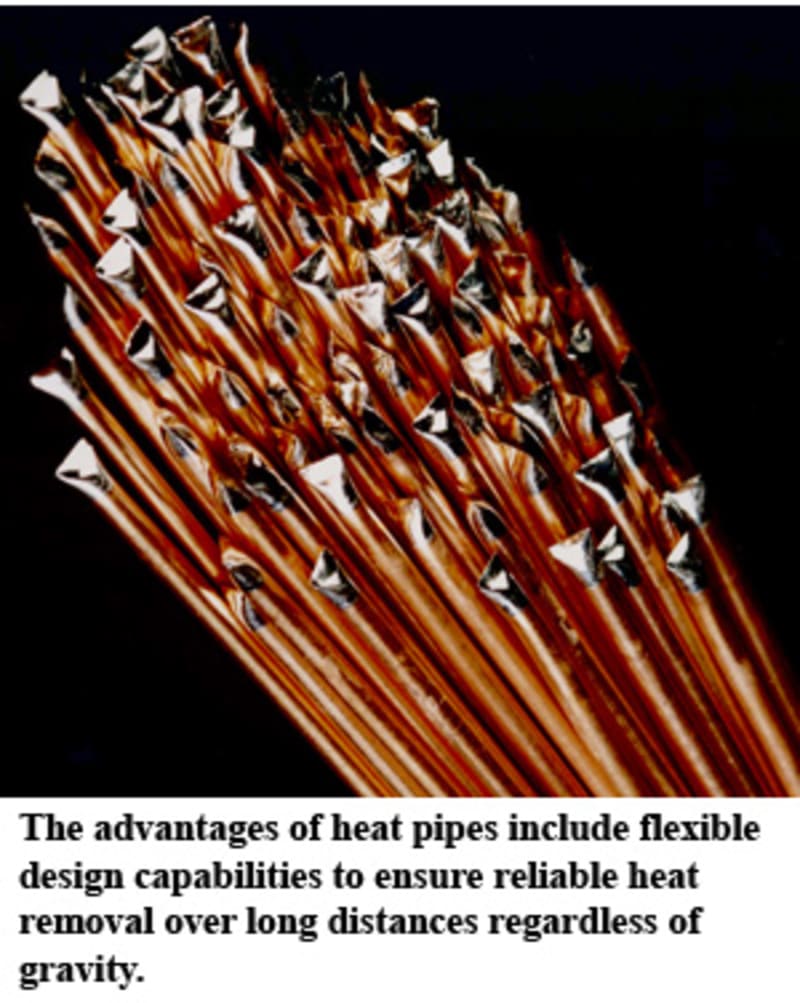OBJECTIVE OF THE PROJECT
To bring refrigeration and air conditioning by using heat pipes alone in domestic refrigeration and air conditioning systems instead of using heat pipes in combination with evaporator and condenser coils and compressor.
HEAT PIPES
Heat pipes are in common use in many applications as it is the most effective way to transfer heat from one region to other region. It requires a cooling medium, heat pipe material, wick material and a blower. Heat pipes are being employed in space applications.
MATERIAL SELECTION
The material for the heat pipe should be selected by considering the temperature limits of the system. Copper can be used for domestic applications because of its high thermal conductivity. The wick material (inner wall of heat pipe) can be made by copper powder sintering.
REFRIGERANT SELECTION
Selection of the correct refrigerant for a given material of heat pipe is most important. Anhydrous ammonia and Propylene are widely used as cooling medium in heat pipes. I am interested in using methanol as the cooling medium in copper heat pipe.
PROJECT WORK TO BE CARRIED OUT
* Design of the heat pipe can be done by theoretical calculations as well as by using analysis (ANSYS) software with appropriate heat load conditions for domestic applications.
* Followed by the design, fabrication and testing of the heat pipe can be done to find out its refrigerating and air conditioning properties through heat transfer, fluid flow and performance tests.
Like this entry?
-
About the Entrant
- Name:Vishnu Yadav
- Type of entry:individual
- Patent status:none








